Hey, History Nerds! Here Are 22 Bizarre Historical Facts You Never Knew
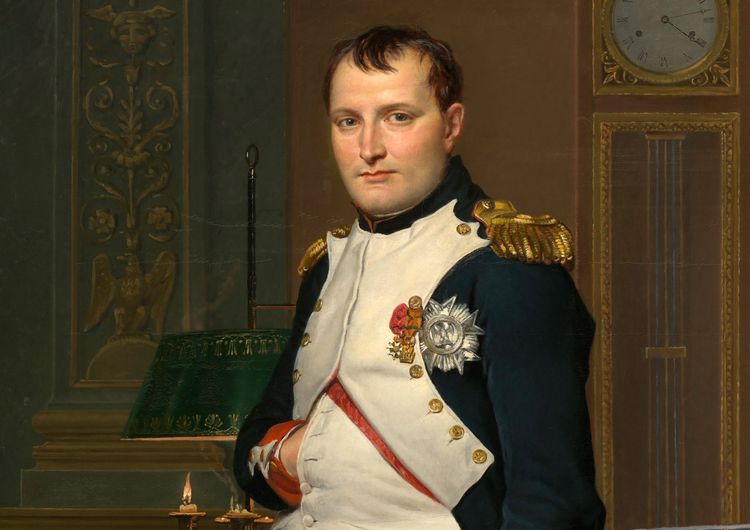
History can either be taught in a fascinating and inspiring way, or it can be given over as just a collection of dates, names, and events. However, there are thousands of unusual, weird, or even bizarre occurrences that helped shape world history, but for some reason, they’re never taught at school or are included in history books.
Take a look at some of the most obscure and bizarre historical facts that you never knew. After learning some of these things for the first time, you may not be ready for Jeopardy!, but you’ll definitely start looking at history from another perspective…
#22 – Albert Einstein Was Offered To Become President Of Israel

It’s widely known that scientist Albert Einstein became an icon history after coming up with the theory of relativity, which earned him a Nobel Prize and quite the legacy. However, what most people don’t know is that he almost became President of the country Israel.
In 1952, the first President of Israel, Chaim Weizmann, offered Einstein the opportunity to replace him. Weizmann was affected by ill health, so he needed to appoint a successor, and Einstein had always been a supporter of the newly-formed State of Israel. Apparently, Einstein felt that becoming President would obstruct his scientific research, so he declined the offer.
#21 – A Mexican President Ordered A Burial For His Amputated Leg

As crazy as it sounds, General Antonio Lopez de Santa Anna served as Mexican President a whopping 11 times after the country’s independence from Spain. He fought countless battles and suffered many injuries on the battlefield, and in 1838, he had his first true near-death experience.
His leg was severely injured, and doctors were left with no choice but to have it amputated. Santa Anna ordered to have a military burial for his leg, but that’s not even the best part: 4 years later, he had his leg exhumed and paraded around Mexico City, only to have it re-buried with military honors.
#20 – Antarctica Was Named After The Greek Word For Bear

Ever wondered where the name “Antarctica” comes from? Although the first people to ever explore these remote lands were Norwegian, the name actually comes from the Greek language. The name “Arctic” stems from the word arkto, which means “bear” in Greek, so “Antarctica” means “opposite the land of bears.”
This name was chosen because the Ursa Major and Minor’s constellations are only visible from the northern hemisphere, with the word “ursa” meaning “bear” in Latin. But these constellations can’t be seen from Antarctica, which is located on the South Pole, hence the name.
#19 – North Korean President Kim Jong-Il Wrote 6 Operas

Kim Jong-Il was North Korea’s second leader, having ruled from 1994 until his death in 2011. He was a very controversial figure, disliked by millions, mainly due to the millions he invested in nuclear weapons and the stronghold he has on the North Korean people. But it turns out that Kim had a hidden facet.
Apparently, the late politician was a talented classical music composer who wrote six operas. He inherited his passion for opera from his father, Kim Il-Jung, and he compiled his works in a book called The Art of Opera.
#18 – Empress Josephine’s Best Friend Was An Orangutan
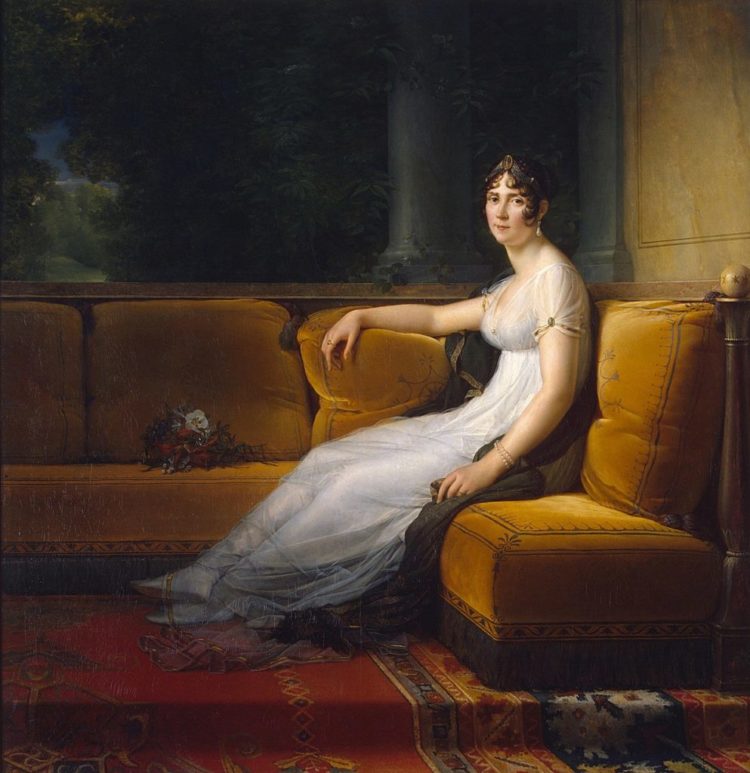
Josephine was Napoleon’s first wife is one of history’s most notable figures. One thing that made her stand out was the many exotic pets that she owned, which included a wild menagerie of monkeys, kangaroos, and even emus.
The Empress’s favorite pet was an orangutan called Rose, and this adorable primate made history. She was the first orangutan ever to reach France, and she would often have dinner with Josephine. She would even eat with a knife and fork!
#17 – A Paris Orphanage Raised Funds By Raffling Babies In 1911
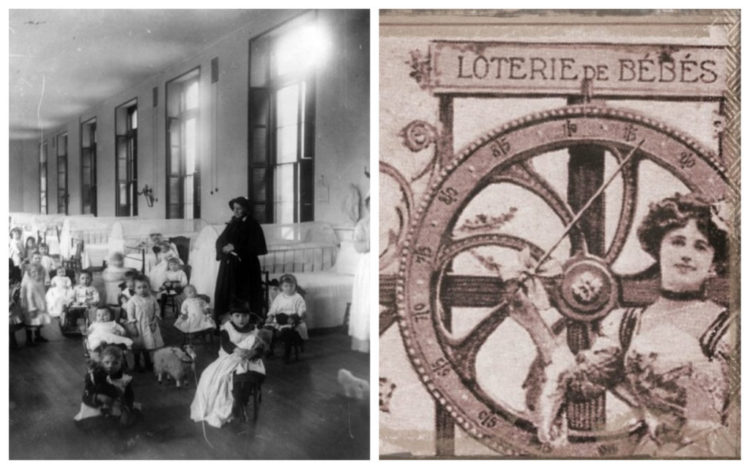
In 1911, an orphanage in Paris came up with a pretty unusual and preposterous strategy to raise money. They carried out a raffle, but instead of traditional prizes being given to winners, the orphanage was raffling off babies.
The baby was alive, obviously, meaning that the winners of the raffle would then become their adoptive parents. Allegedly, the orphanage authorities evaluated the winners’ suitability to become parents before giving them their prizes.
#16 – Ancient Egyptians Didn’t Use Pillows

Ancient Egyptians didn’t use pillows like we do for sleeping. They built some of the finest pieces of architecture in the history of humankind, but somehow, they never came up with the idea of pillows.
While a 4000-year-old linen pillow was once found in Egyptian territory, it is believed that Egyptians used to rest their heads on these extremely impractical headrests made out of ivory or marble. How did they not have muscle pain?
#15 – The Ghent Altar Piece Is The Most Stolen Painting

As you may know, hundreds of the world’s most popular paintings were stolen at some point, the Mona Lisa being the most famous case. However, the Ghent Altar Piece is the most stolen piece of artwork of all time.
Belgian artist Jan Van Eyck painted this artwork, and over the years, it was snatched by anti-Calvinists, French soldiers, Nazis, and countless art dealers. Miraculously, the six times it was stolen, the painting was recovered and returned to its home, the St. Bravo’s Cathedral in Ghent.
#14 – A Pirate Tried To Rescue Napoleon Using A Submarine
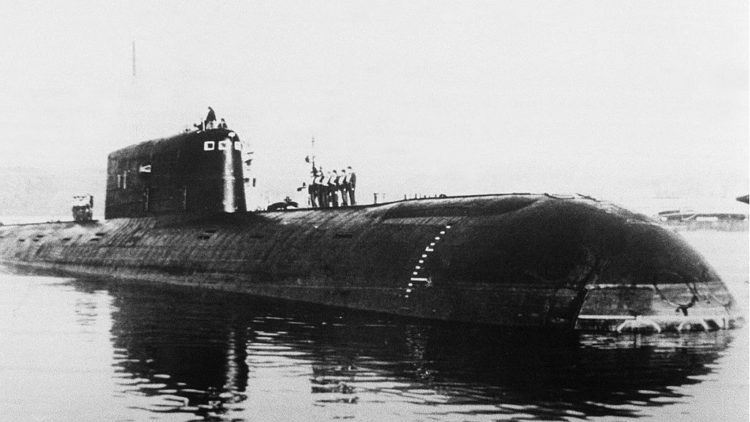
After losing the battle of Waterloo, Napoleon was defeated, and his reign came to an end. He was then sent as a prisoner to a remote island called St. Helena. The chances of escaping were grim, as it was located 1200 miles off the coast.
What many people don’t know is that an Irish pirate that went by the name of Tom Johnson offered to rescue him in exchange for £40,000. According to the plan, Johnson would help him down the rocky cliffs in a boson’s chair, and meanwhile, two submarines would be waiting near the shore. Napoleon refused because he wished to be heroically rescued by an army. That never happened, however, and he died in prison.
#13 – The First Person To Survive A Drop Over Niagara Falls Was A Teacher

Located on the American-Canadian border, Niagara Falls is probably the world’s most famous waterfall, standing at 176 feet tall. They have a water volume of 150,000 gallons per second. That being said, it may come as a shock that a few people have actually survived a drop over Niagara Falls.
But what’s even crazier is that the first survivor was an American schoolmistress named Annie Edson Taylor. For some reason, she chose to celebrate her birthday by riding over Niagara Falls in a barrel. She miraculously survived, with just a few bruises on her body.
#12 – The Oldest Parliament In The World Dates From 930 AD

Even though the British Parliament is often referred to as the “Mother of all Parliaments,” it’s actually not the oldest one. Surprisingly, the oldest running parliament is the Icelandic Althingi.
The Althingi was established as far back as 930 CE. Originally, it was only an outdoor assembly that was called into session only once a year, and it was there where the laws would be passed. Obviously, it now works like any other parliament, and this is what the building looks like.
#11 – Louis Antoine De Bourbon-Artois Was King Of France For 20 Minutes

After Napoleon’s reign came to an end following the battle of Waterloo, the Bourbon dynasty was finally restored. However, the new constitutional monarchy suffered its first major political crisis in 1830, mainly due to King Charles X’s ruthless leadership.
To appease the protests, Charles decided to abdicate the throne, but attempted to bypass Louis Antoine (who was his legitimate heir) in favor of his grandson, Henri Duc de Bordeaux. However, for 9-year-old Henri to be crowned as King, the declaration had to be signed by Louis. Therefore, Louis became King of France for 20 minutes until he formally abdicated in Henri’s favor.
#10 – The Dutch-Scilly War Lasted 350 Years But Nobody Died

While many people believe that the Hundred Years’ War was the longest in history, the Dutch-Sicily War holds this record by far. It lasted for a whopping 350 years, but as crazy as it sounds, nobody died during the conflict.
In 1651, the British Army raided several Dutch vessels when they found out that the Dutch Empire would no longer be supporting the royalists in the English Civil War. As a result, Dutch commander Cornelis Trump declared war against the Scilly Isles, but there was no battle. Both countries signed a peace treaty in 1986 after a historian found documents that proved the war had formally never come to an end.
#9 – Rabbits Attacked Napoleon In 1807
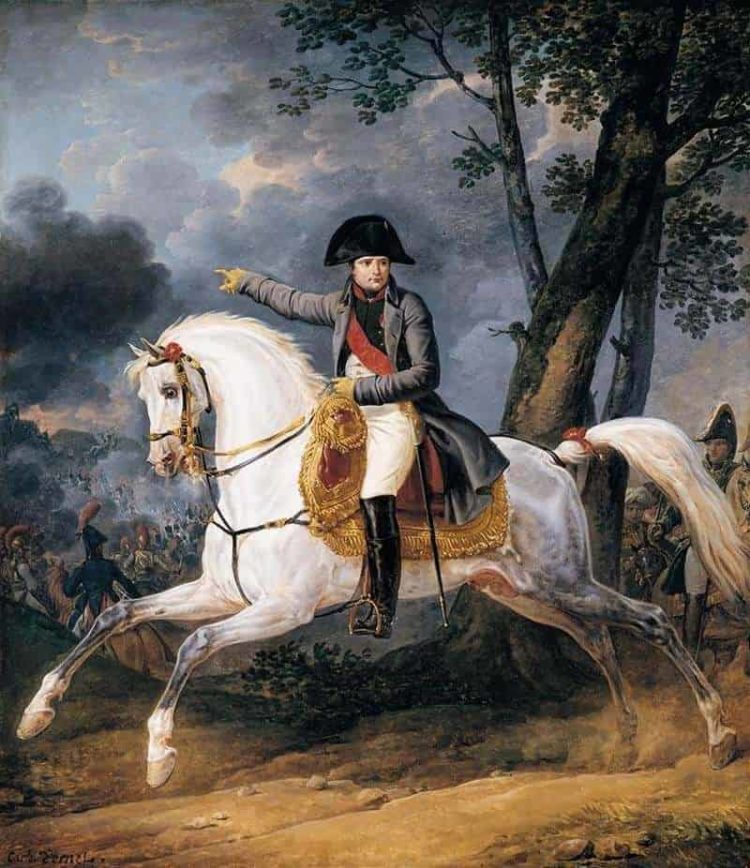
Napoleon was, without a doubt, one of the most powerful military leaders in world history. As such, it should come as a shock that he was almost defeated by an army of… rabbits! Yes, it’s exactly as it sounds.
In 1807, Napoleon defeated Russia and Prussia. To celebrate, Napoleon invited the leaders of the recently defeated territories to a rabbit hunt. Hundreds of rabbits were captured and caged for the event, but they began attacking the leaders instead of running away once they were released. Napoleon was left with severe bites on his heels and legs, but he made it out alive.
#8 – The Anglo-Zanzibar War Lasted 38 Minutes

While the Dutch-Scilly War lasted over 3 centuries, the Anglo-Zanzibar War holds an equally impressive record. As ridiculous as it sounds, the war lasted almost… 40 minutes. It all began when the pro-British sultan of Zanzibar Hamad bin Thuwani died mysteriously. Hamad’s cousin, Khalid bin Barghash, declared himself sultan of the British protectorate without the Queen’s approval.
The British ordered Barghash to abdicate, but he refused, thus triggering the shortest war in history. The Zanzibari army didn’t stand a chance against the world’s most powerful empire, and their artillery was destroyed in only 2 minutes. The war had ended by 9.40 AM, only 38 minutes after it broke out.
#7 – Ronald Reagan Was A Lifeguard And Saved 77 Lives
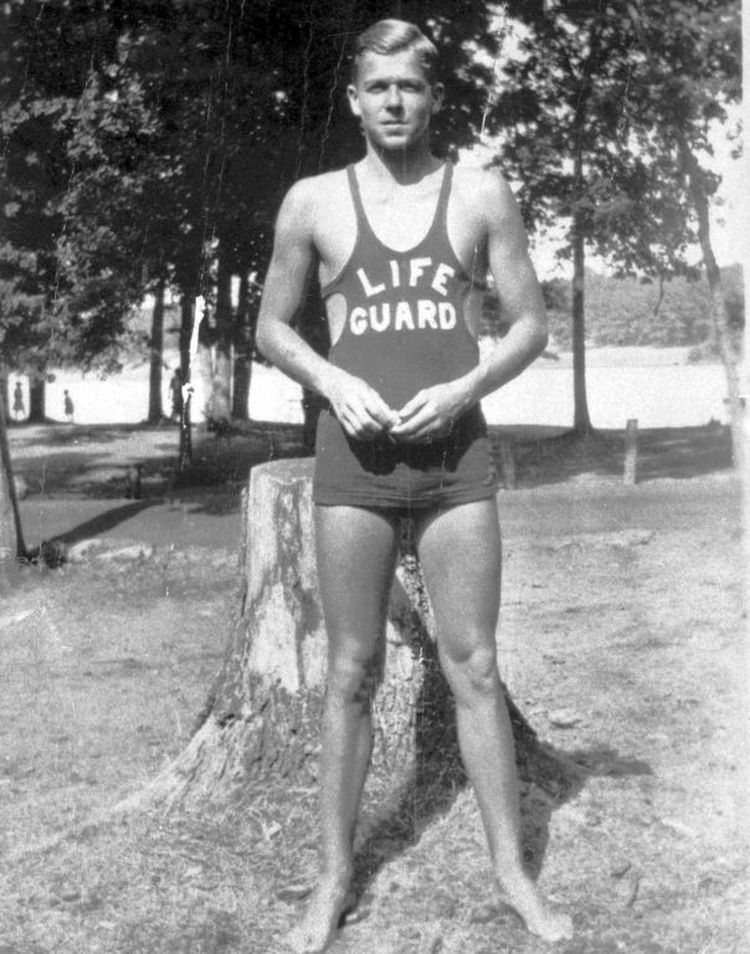
At this point, Ronald Reagan is famous for having served two terms as the U.S. President, from 1981 to 1989. It’s also widely known that, before delving into politics, he had a short-lived career as a Hollywood actor. A little-known fact, however, is that he also used to be a lifeguard.
In the summer of 1925, before landing his first Hollywood gig, Reagan worked as a lifeguard at the Lowell Park sanctuary, one of the most popular parks in Illinois. He worked a 12-hour shift from Monday to Sunday, and during those three months, he reportedly saved up to 77 lives.
#6 – Researchers Turned A Live Cat Into A Telephone In 1929

In 1929, two scientists from Princeton University – Ernest Glen Wever and Charles William Bray – carried out one of the craziest experiments in history when they tried to turn a live cat into a telephone. The researchers attached a telephone wire to the cat’s auditory nerve after having him sedated.
After that, they had the wire connected to a telephone receiver. To their surprise, when Bray tried speaking through the feline’s ears, Wever would hear everything through the receiver up to a 50-feet distance. Sadly, the cat died when Bray and Wever carried out their second experiment.
#5 – Pirate Henry Avery Was Subject Of The First Worldwide Manhunt
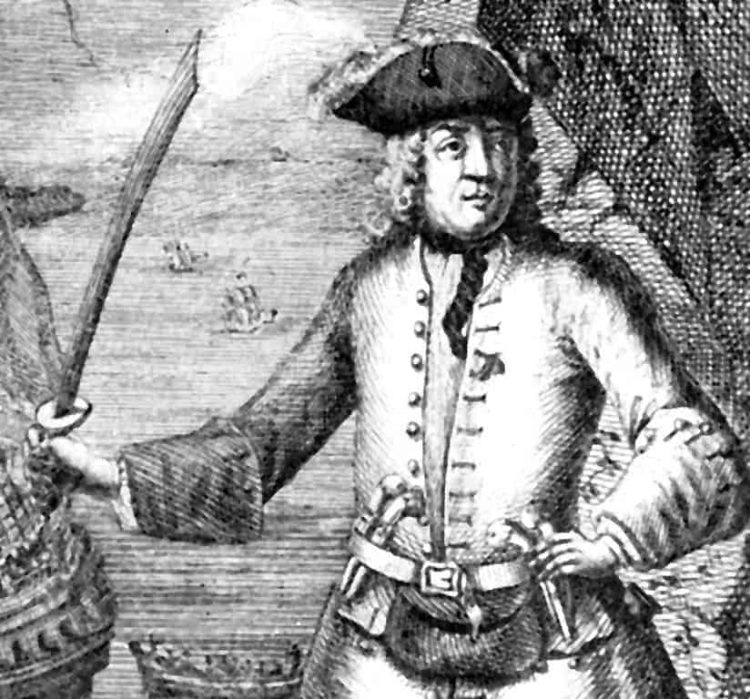
Back in the 17th and 18th Centuries, piracy was a major issue, and many of the most powerful monarchies would carry out worldwide manhunts in search of some of the most-feared thieves. One of the first internationally famous pirates was Henry Avery, aka Long Ben.
After assaulting 25 ships that belonged to the Indian Mughal government, he made a name for himself, stealing a $78-million fortune. The Mughal authorities closed some of the East India Company’s trading stations in retaliation, forcing the British to launch a millionaire bounty for Henry’s capture. Despite the hefty reward, Henry was never captured.
#4 – Tsutomu Yamaguchi Was The Only Survivor Of Both Atomic Bombs
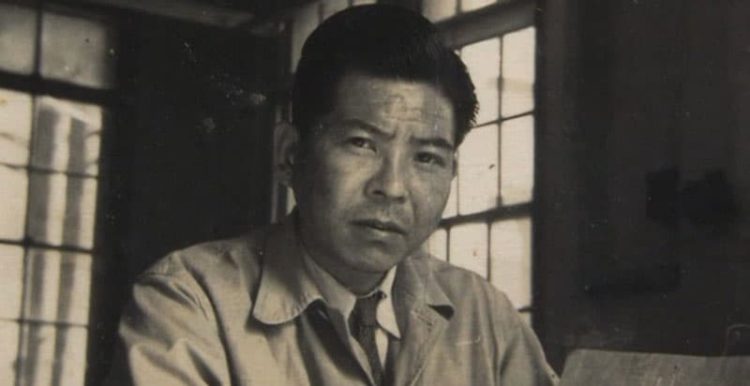
World War II ended on the Pacific front shortly after the bombings of Hiroshima and Nagasaki, in what became the deadliest nuclear attacks in history. A man named Tsutomu Yamaguchi was the only person to have survived both bombings.
He was visiting Hiroshima the day of the nuclear attack, and he survived despite being 1.8 miles away from the drop site. He suffered from second-degree burns all over his body but traveled back to his hometown Nagasaki two days later. The following day, Nagasaki was bombed. Miraculously, the man survived both attacks with minor injuries.
#3 – Arabs Did Not Invent The Arabic Numeral System

While the modern numerical system is often called the Arabic system, it should actually be referred to as the Hindu-Arabic system. It’s because the numbers were actually invented in India, which is a lesser-known fact.
Just a few decades ago, many archaeologists found symbols resembling modern numbers in India, which dated as far back as the 3rd century BCE. Historians believe that the trade routes that connected the East Indian Company with the Middle East favored the adoption of the Hindu numerals in the Arab world.
#2 – The First Bomb Dropped In WW2 Killed An Elephant But No Humans

The first bomb of World War II was dropped on Berlin, one of the main targets for the Allied troops. To be more precise, the first bomb was dropped by British planes on August 26, 1940, but they targeted the most unusual spot in the city.
The bomb was dropped just a few feet from the Berlin Zoo, and it was closed at that time of day. Only two people were injured by the bombings, and the only casualty was… an elephant. The zoo was bombed once again in 1944, and only one of the eight elephants survived the war.
#1 – The U.S. Missed Out On The Metric System Due To The Misfortunes Of A French Scientist
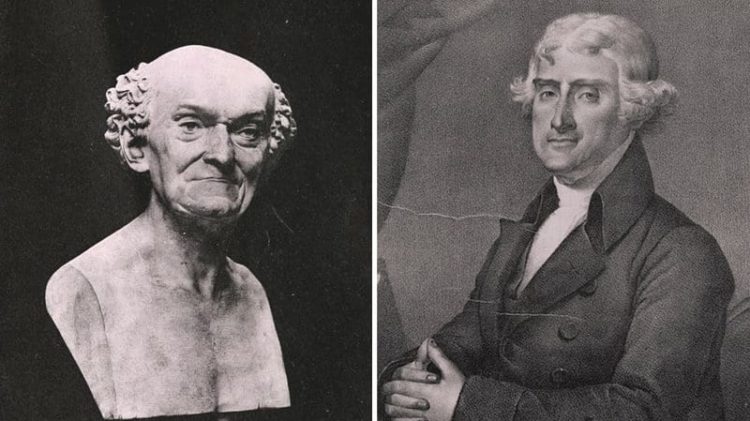
Back in the 18th century, a French scientist named Joseph Dombey was sent on a mission to the United States to help them reform the measurement system they had inherited from British colonial rule.
Unfortunately, Dombey’s ship was blown off course, and he ended up being stranded on the French Caribbean Island of Guadalupe. He was imprisoned for a few weeks and was captured by pirates upon his release. He died in captivity, and the pirates stole his measurement items. Talk about bad luck.
